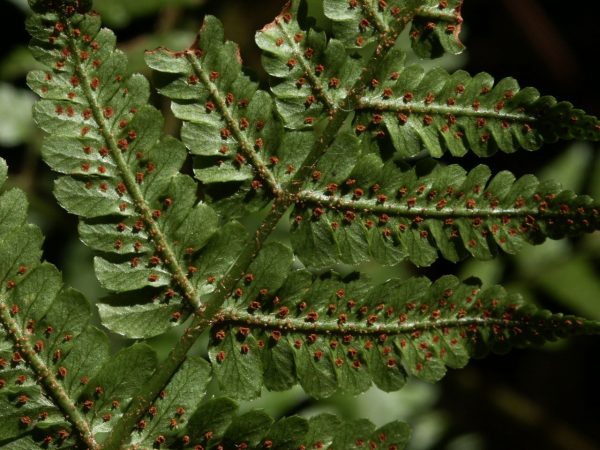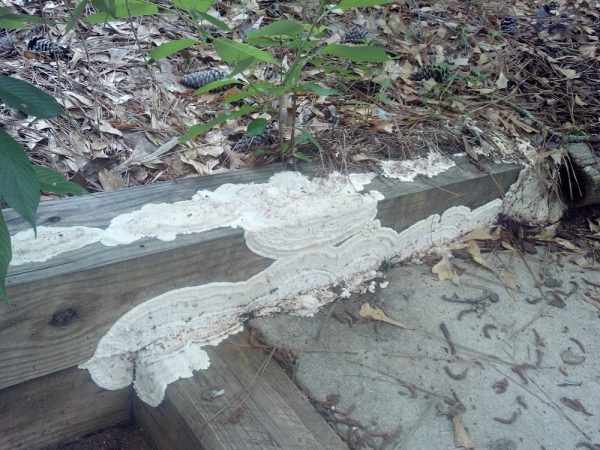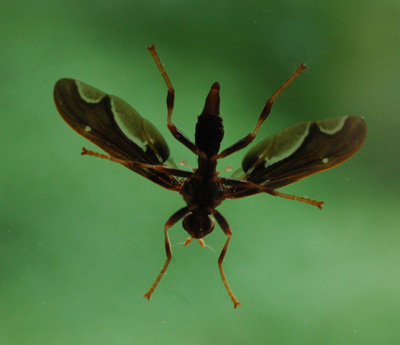Tomato – Wilt Diseases

Q: We have had a rather large garden, with the usual variety of vegetables, in the same location for forty years. Everything does great except tomatoes. For the last several years, the plants die a sudden death in mid-summer. The plants grow shoulder high, then the top shrivels up and dies. The problem moves down the plant and it will be dead in two weeks.
A: My first guess would be either of two wilts. Fusarium wilt causes random branch die-back like you describe. Bacterial wilt makes plants look like they were scalded with boiling water, turning the branches dark green.
Diagnosis
Slice down the center of a branch that has just begun to wilt. Fusarium wilt is indicated by narrow brown streaks under the skin.
Cut off a wilted stem of a plant you suspect having bacterial wilt and put it in a clear glass of warm water. If it’s infected, bacteria will stream out of the cut end into the water.
Treatment
Both of these wilts are soil-borne. There is no chemical that will eradicate them from the soil. The best cure is to plant non-hosts, like corn, beans or squash, in the spot for four years.
If you can’t wait that long, try excavating a hole two feet wide and twelve inches deep for each tomato plant. Fill the hole with bagged planting soil (not cheap topsoil). The tomato plants will grow healthily there for at least four months – by which time you’ll be tired of tomatoes and ready for them to die anyway.

fusarium wilt

fusarium wilt

tomato bacterial wilt
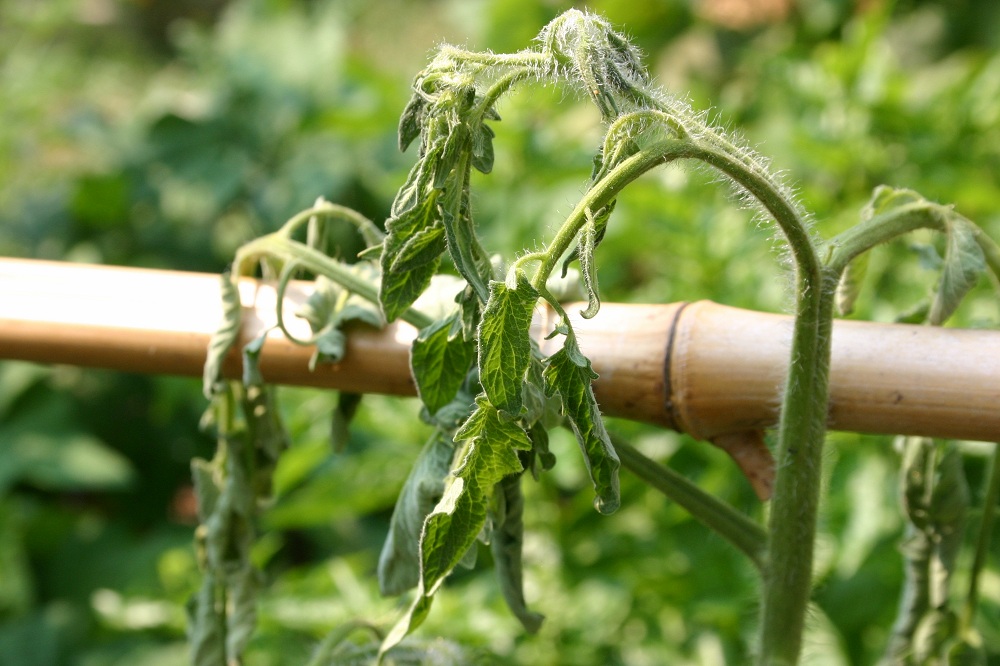
tomato bacterial wilt
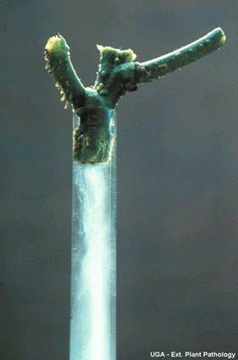
bacterial ooze (courtesy of UGA Plant Pathology)




